Author guidelines
1. Editorial process
We do the peer review policy to all submissions and they are finally approved by the Editorial Board. All articles are subject to external peer review using the single blind method whereby the authors are blinded to the identity of the reviewers and editors. Editor-in-Chief and the Journal manager operate a rapid evaluation system and only few papers undergo full external peer review. This workflow facilitates authors to submit to a more appropriate journal with minimal delay.
2. Submission check list
• The structure as per the guidelines
• Title page – check information in author instructions
• Format – check the journal guidelines
• Language – please get professional editing before submission
• Accuracy of data – all authors are encouraged to double check the accuracy of data
• All authors approval – please check all authors approval before submission
• Authors list – all details must be done in the title page.
• Cover letter – This letter should introduce your paper and outline why your work is important and suitable publication at this time
3. Preparation of manuscript
Manuscripts written only in English are accepted. CINEC Academic Journal does not levy article submission charges or article processing charges from authors. The submission of a manuscript will be taken to imply that the work is original and it or a similar paper (other than an abstract) has not been, and will not be submitted elsewhere concurrently for publication. The content of the manuscript is the sole responsibility of the authors. All manuscripts are peer reviewed. This journal uses double-blind review, which means that both the reviewer and author identities are concealed from the reviewers, and vice versa, throughout the review process. Authors must provide names of three potential referees with complete postal and e-mail addresses. However, the editors are not obliged to use the services of referees provided by authors. All manuscripts will be reviewed by two experts in the area of specialization concerned. If there are discrepancies between the comments of the two reviewers, the manuscript will be sent to a third reviewers before taking the final decision. The comments of the reviewers will be sent to the authors and the authors are expected to submit the revised version within three weeks of receiving the comments. Manuscripts must be typed using Times New Roman, font size 12 in double space throughout Tile page, Abstract, Text, References and Tables. Indicate the authority for all Latin names only once, when the name is first mentioned in the text. All abbreviations should be spelt out at first mention in the abstract as well as in the text body. CINEC academic journal is referred, peer reviewed open access journal publishing high quality papers on all aspects of higher education streams in Humanity and education, social sciences, business & management, engineering, information technology, health and medical sciences, maritime sciences and maritime engineering. All the articles submitted to the journal are scrutinized and peer reviewed by a registered external and internal reviewer panel approved by the editorial board.
4. Manuscript categories
Original Research articles
Research Articles should include an Abstract, Keywords, Introduction, Methodology, Results and Discussion, Conclusion. References should be prepared according to the “Guidelines for the preparation of manuscripts”
Research communications
Document as research Communications are important to publish about new findings in a specific area of research which can be useful for rapid publication before completing the full study. Manuscript should include subsections like an Abstract, Keywords, Introduction, Methodology, Results & Discussion, Conclusion and References but it should be smaller than original research publication. Maximum number of words is 1250 including Figures, Tables and References.
Correspondence
Correspondence will be accepted regarding one or more articles in the preceding four issues of the Journal, as well as Letters to the Editor. Articles covering important scientific events or any other news of interest to scientists, reviews of books of scientific nature, articles presenting views on issues related to science and scientific activity will also be considered. Publication will be made at the discretion of the Editor-in Chief. Maximum number of words is 1,500 including Figures, Tables and References. A Table/Figure occupying half a page will be considered as 400 words
Observational studies
These types of works should be submitted with the relevant approvals obtained for the work, including the full name of the authority that approved the study eg. Research committee and Ethical clearance. If there are no approval,
Letters to editors
Letters to the Editor are correspondence regarding articles previously published in the CAJ and must be submitted within 12 months of the article’s publication to be considered for possible publication. The author of that article will be given the opportunity to respond. Letters should be no longer than 500 words, including references, if any, and must contain a clear message or point for readers. Letters may be edited for clarity or length and can be published at the Editor’s discretion.
Systemic reviews and meta analysis
It should be a standard systematic review paper as per the Cochrane guidelines. It should be clearly formulated document including the step by step analysis to identify, select, and critically appraise relevant research, and to collect and analyze data from the studies that are included in the review. These reviews differ substantially from narrative-based reviews or synthesis articles. Statistical methods (meta-analysis) may or may not be used to analyze and summarize the results of the included studies.
Original research
Title page
• Title (maximum 85 characters)
• All authors names and full addresses
• Corresponding author’s postal and email address
• A short title (maximum 46 characters, including spaces)
• A minimum of four keywords describing the manuscript
• Word count of the full article, excluding references and figure legends
ABSTRACT
Abstract within 300 words should be submitted and it should be self-explained citation-free abstract and indicating briefly the purpose of the research, methodology, key results and major conclusions. Abstract should be in a single paragraph with short sentence. It should not be done with any type of subheading or point list and it should not be written with any type of non-standard abbreviations. If the authors feel that it is essential to include the abbreviations, they must be defined at their first mention in the abstract itself.
Introduction
Introduction should include concepts, hypothesis and related literature survey, research requirement, selected problem of the research. Reference citation [1] can be done and should be included for showing the existing importance of current work. This section should be brief, with no subheadings unless unavoidable. State the objectives of the work and provide an adequate background related to your work, avoiding a detailed literature survey or a summary of the results.
Materials and methods
This should provide sufficient information for other workers to repeat the study. This part should contain enough detail of your research method and materials or data. It should include sources of chemicals generic names of drugs etc. Use SI symbols. It can be divided into subdivisions if several methods are described. Methodology should be written as the series of methods in the order of conduction concisely in detail by maintaining continuity of the texts. Mathematical expressions and symbols should be inserted using equation tool of Microsoft word. References may be added for used equations to support its authenticity.
Results and Discussion
Results should read as a narrative leading the reader through the experiments. This section can be described under subheadings or may be combined. Results shoud be included as a flow of work you conducted and this may explore the significance of the results of the work. Repetition of the results are not recommended in different formats. Discussion should not re state the results. Extensive citations and discussion should not be done at this section but you can describe and highlight novelty of your work.
Figures and Tables
All figures and tables have to be numbered properly with the descriptive titles and legends. Figures and tables should be embedded at appropriate place within manuscript. Each Figure/Table must be explained within the text by referring to corresponding figure/table number. There should not be any unexplained or unnumbered Figure/Table in the manuscript. Table should be done using Microsoft word and cited consecutively in the text. Table should be covered with a descriptive title and legend of the table should be self-explanatory with numerical measurements.
Conclusions
Each manuscript should contain a discussion section with your justification of the results and comparison with the available result in the research publications in relation to your study area. Discussion should highlight the importance of the research finding to the next level of your research extension for future planning and suggestion for other researchers. Conclusion can be the final part of your manuscript may contain around 150 – 200 words including the major result of the work, future applications, importance, research limitation, relevance, application and recommendation. Do not use any subheading, citation, references to other part of the manuscript, or point list within the conclusion.
Declarations
Actual or perceived conflicts of interest for all authors must be declared. It includes, employments, grants, ownership, shares, royalties, patients, memberships.
Funding
Please detail all the sources of funding relevant to the research. If research is not funded, author can mention it as tis research did not receive ay specific grant from any funding agency of public or private.
Study Limitations
Provide all possible limitation faced in the study which might significantly affect research outcome, If not applicable write, none.
Acknowledgments
Please do brief statement
All acknowledgments (if any) may be included before the references and it should be the list of peoples who supported in different ways for the work but not listed in the author list.
Conflict of Interests
Declare any potential conflict of interest exist in this publication.
Human and Animal Related Study
If the work involves the use of human/animal subjects, each manuscript should contain the following subheadings under the declarations section-
Ethical Approval
Provide ethical approval authority with name with the reference number. If ethical approval is not required.
Informed Consent
Write a statement of informed consent taken from the participants to publish this research work. The editor may ask to upload scan copy if required.
References
All references should be cited within the text correctly; do not add only list of references without citation within the text. All cited references should be listed after declarations section in the following style-
Hou WR, Hou YL, Wu GF, Song Y, Su XL, Sun B, et al. cDNA, genomic sequence cloning and overexpression of ribosomal protein gene L9 (rpL9) of the giant panda (Ailuropoda melanoleuca). Genet Mol Res. 2011;10: 1576-1588.
Devaraju P, Gulati R, Antony PT, Mithun CB, Negi VS. Susceptibility to SLE in South Indian Tamils may be influenced by genetic selection pressure on TLR2 and TLR9 genes. Mol Immunol. 2014 Nov 22. pii: S0161-5890(14)00313-7. doi: 10.1016/j.molimm.2014.11.005
Online articles
Huynen MMTE, Martens P, Hilderlink HBM. The health impacts of globalisation: a conceptual framework. Global Health. 2005;1: 14. Available from: http://www.globalizationandhealth.com/content/1/1/14
Books
Bates B. Bargaining for life: A social history of tuberculosis. 1st ed. Philadelphia: University of Pennsylvania Press; 1992.
Book chapters
Hansen B. New York City epidemics and history for the public. In: Harden VA, Risse GB, editors. AIDS and the historian. Bethesda: National Institutes of Health; 1991. pp. 21-28.
New media ( blogs, web sites)
Allen L. Announcing PLOS Blogs. 2010 Sep 1 [cited 17 March 2014]. In: PLOS Blogs [Internet]. San Francisco: PLOS 2006 – . [about 2 screens]. Available from: http://blogs.plos.org/plos/2010/09/announcing-plos-blogs/.
Data bases
Roberts SB. QPX Genome Browser Feature Tracks; 2013 [cited 2013 Oct 5]. Database: figshare [Internet]. Available from: http://figshare.com/articles/QPX_Genome_Browser_Feature_Tracks/701214

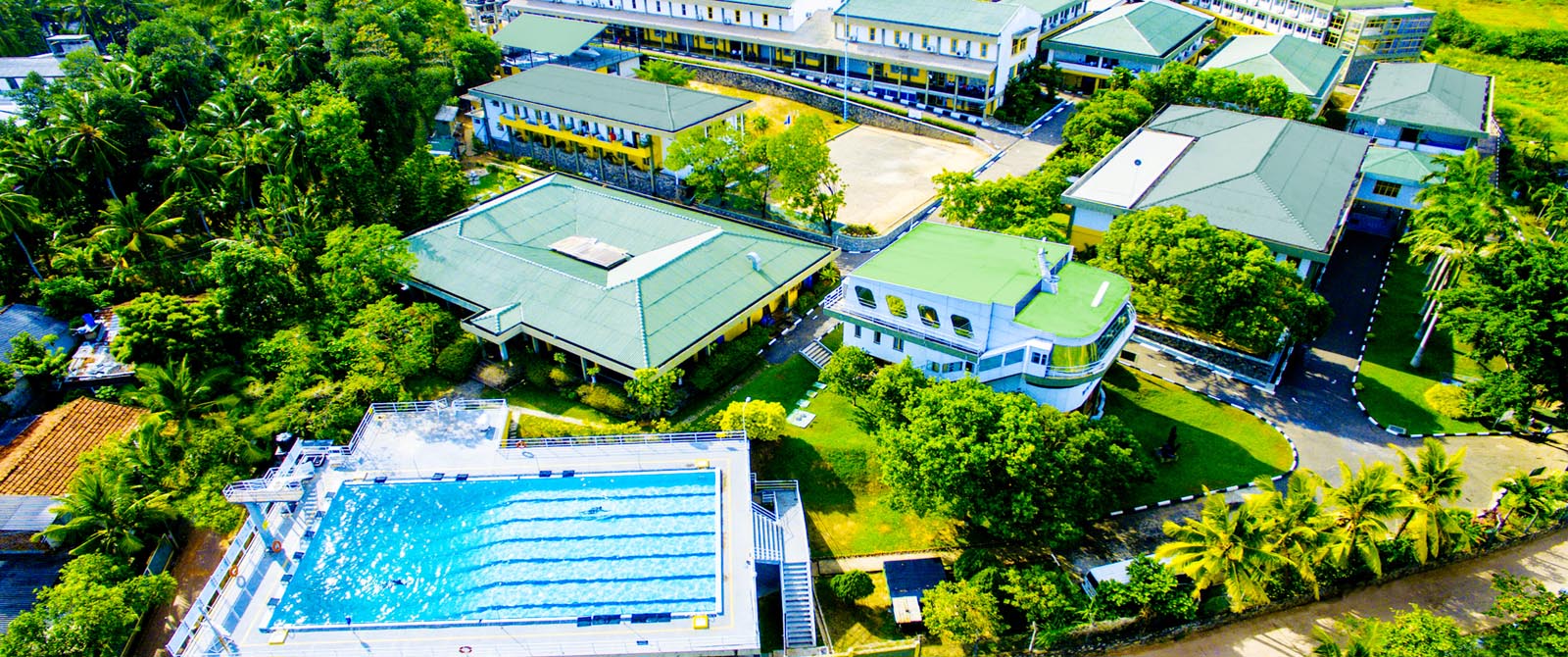

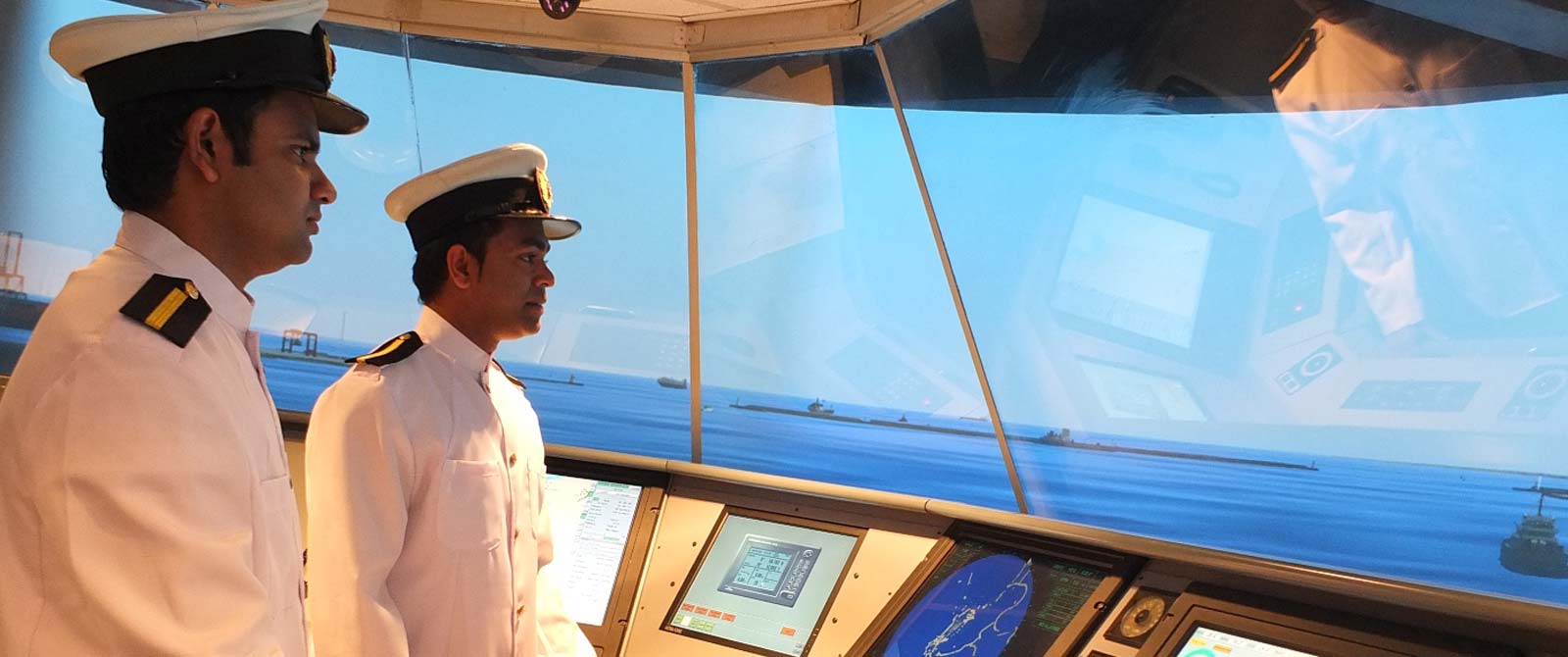


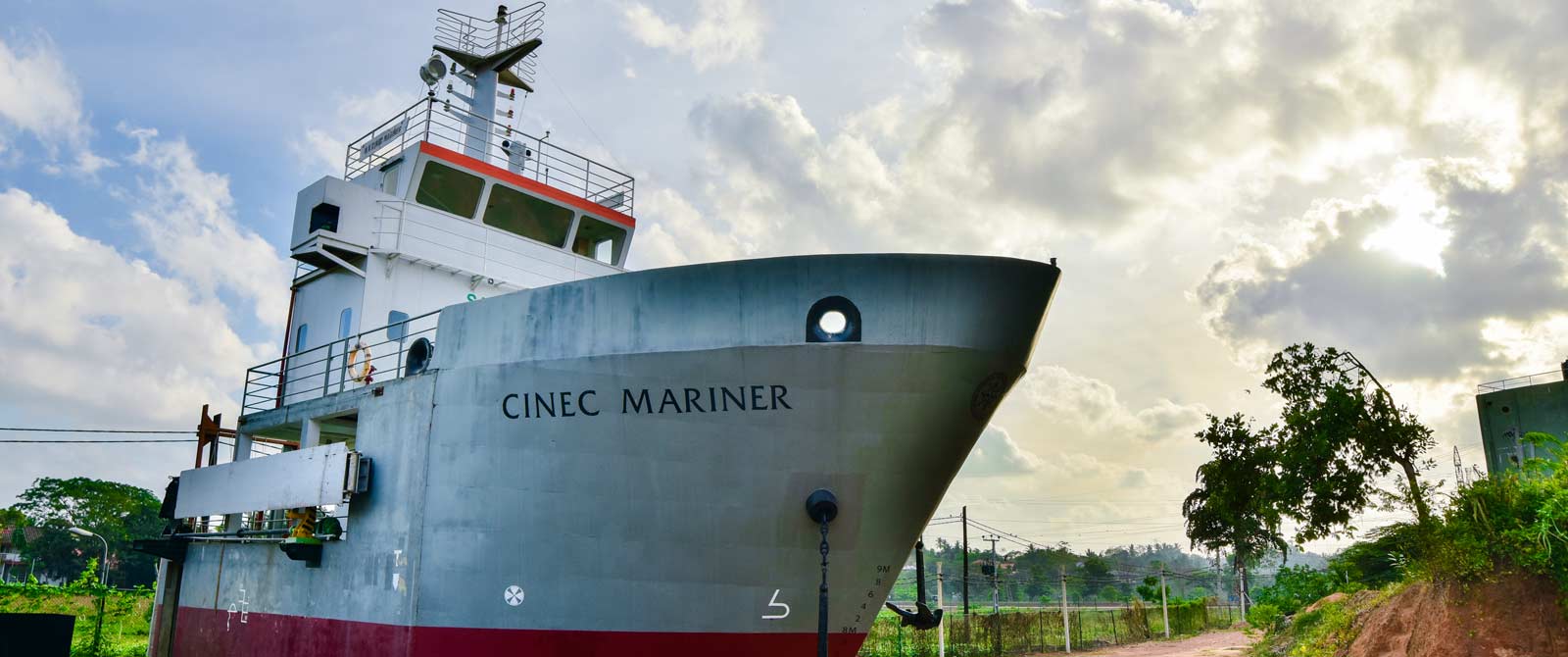
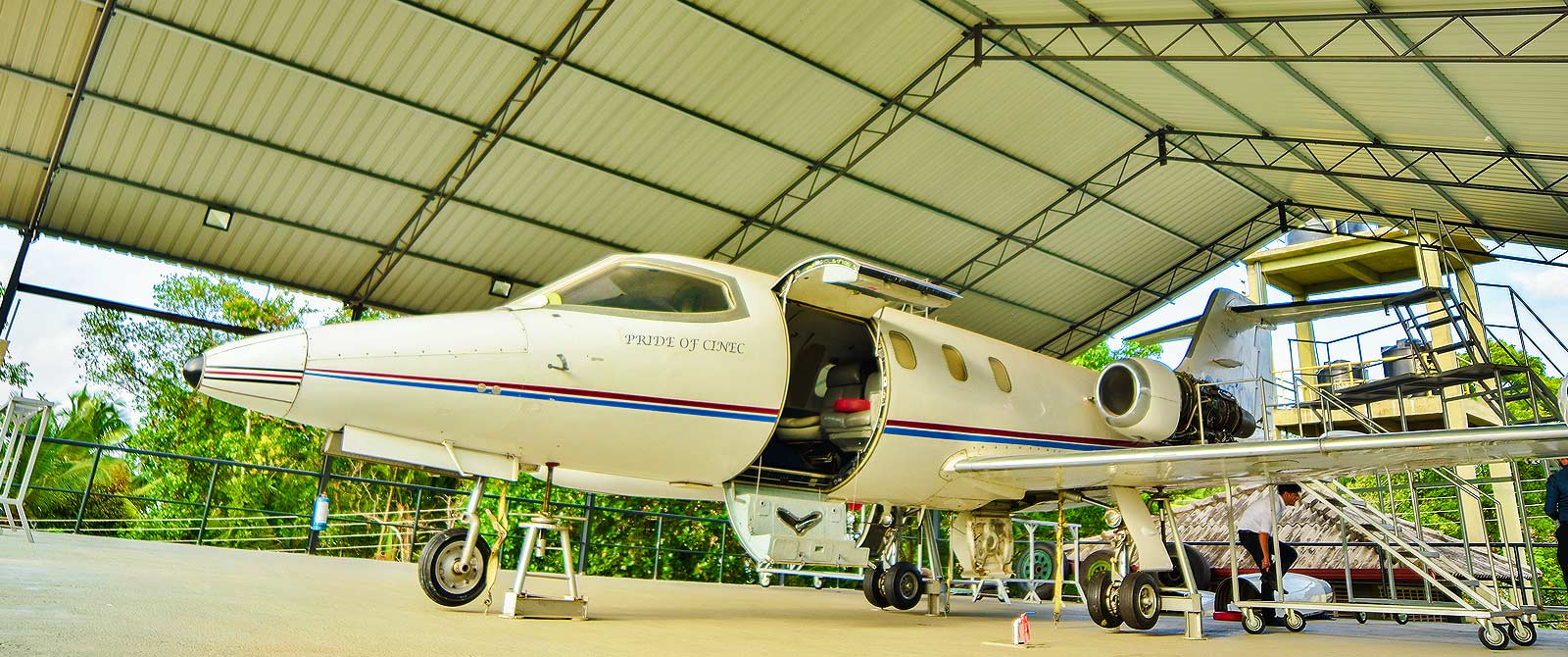
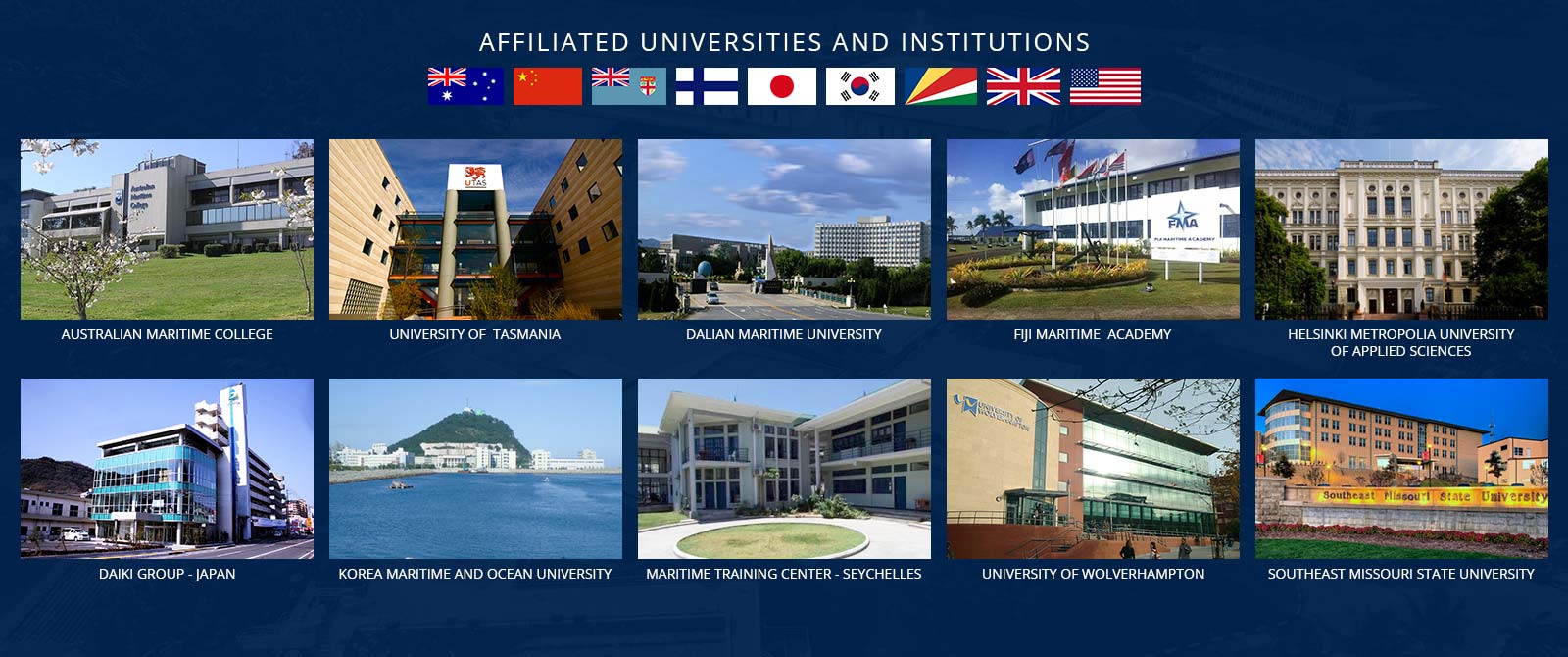
Share